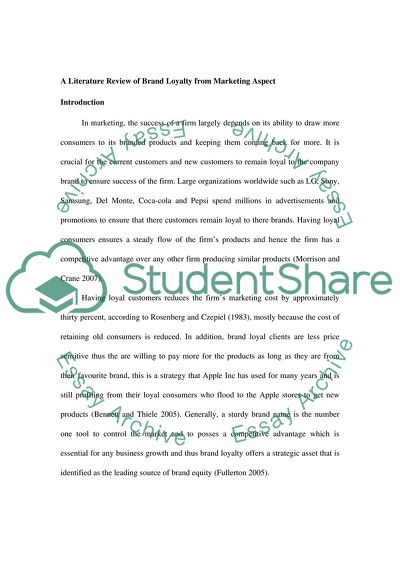Cite this document
(“A literature review of brand loyalty from marketing aspect”, n.d.)
A literature review of brand loyalty from marketing aspect. Retrieved from https://studentshare.org/marketing/1673056-a-literature-review-of-brand-loyalty-from-marketing-aspect
A literature review of brand loyalty from marketing aspect. Retrieved from https://studentshare.org/marketing/1673056-a-literature-review-of-brand-loyalty-from-marketing-aspect
(A Literature Review of Brand Loyalty from Marketing Aspect)
A Literature Review of Brand Loyalty from Marketing Aspect. https://studentshare.org/marketing/1673056-a-literature-review-of-brand-loyalty-from-marketing-aspect.
A Literature Review of Brand Loyalty from Marketing Aspect. https://studentshare.org/marketing/1673056-a-literature-review-of-brand-loyalty-from-marketing-aspect.
“A Literature Review of Brand Loyalty from Marketing Aspect”, n.d. https://studentshare.org/marketing/1673056-a-literature-review-of-brand-loyalty-from-marketing-aspect.


